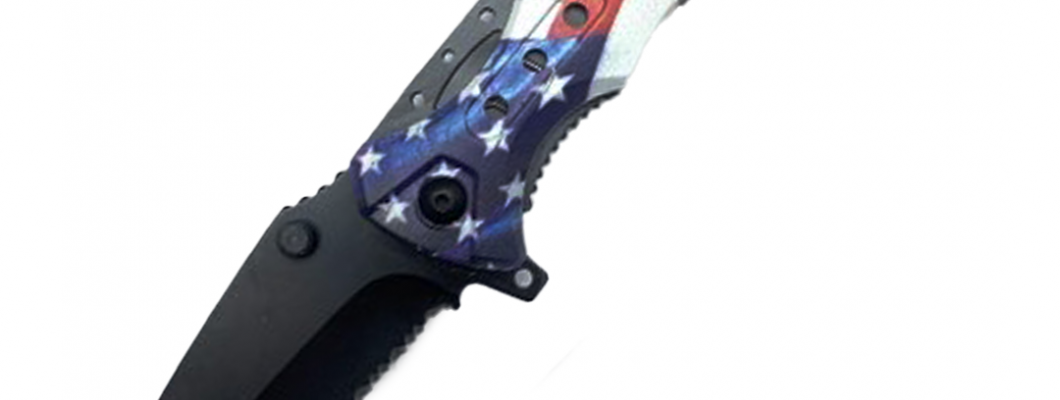
Self-defense knives are a unique blend of practicality and protection. Not only can they serve as everyday tools, but they also provide a line of defense in emergency situations. In this post, we explore the dual nature of self-defense knives, legal considerations, safe handling practices, and answers to common questions.
The Role of Knives in Self-Defense
Knives designed for self-defense are often characterized by a balance between utility and combat effectiveness. They are typically constructed to be durable, lightweight, and easy to deploy. These knives may feature designs that allow for quick access and efficient use in high-stress situations. According to research from the International Association of Chiefs of Police, a well-chosen knife can serve as an effective tool for self-defense, provided that proper training is undertaken.
Legal Considerations
Legal restrictions on carrying knives vary widely depending on jurisdiction. Key factors include blade length, concealability, and intended use. Many states impose strict regulations on what constitutes a “concealed weapon” versus an “everyday tool.” Always ensure that the knife you choose complies with local laws, and consider consulting legal guidelines or local law enforcement for clarification. Detailed legal analyses are available from sources such as FindLaw.
Safety and Usage Guidelines
Using a self-defense knife safely requires proper training and responsible handling:
- Training: Invest time in self-defense classes that include knife handling. Proper technique is essential to avoid injury.
- Maintenance: Regularly clean and sharpen your knife to ensure it functions correctly when needed.
- Accessibility: Keep your knife in a secure but easily accessible location. Many users opt for a tactical sheath that offers both protection and quick access.
- Situational Awareness: A knife should be part of a broader self-defense strategy that includes awareness and avoidance techniques.
Answering Common Questions
Q: How long should a self-defense knife be?
A: Legal requirements vary, but many experts suggest that a blade between 3 to 4 inches is effective for self-defense while remaining compliant with most laws.
Q: Can a self-defense knife be used for everyday tasks?
A: Yes, many self-defense knives are designed to function as utility tools for daily tasks, combining practicality with emergency readiness.
Q: What safety features should I look for?
A: Look for features such as non-slip grips, a secure locking mechanism, and a sheath designed to protect against accidental injury.
Q: What is Spring Assist?
A: Spring Assist is a mechanism that helps in the deployment of a pocket knife, giving an extra boost on release You can find thousands of spring assist knives at jaguarimports.com
Q: Is Spring Assist Legal?
A: Spring Assist is legal in all 50 states of america but is not legal for Canada All canadian knife orders must be relocated or special ordered without spring assist features
Factual Insights and Best Practices
Field studies have shown that self-defense knives can provide a crucial advantage in emergency scenarios. The FBI and other law enforcement agencies have documented cases where a well-handled knife has helped neutralize threats. However, the emphasis remains on proper training and legal compliance. Many self-defense experts recommend that knife use be reserved for those who have demonstrated proficiency in handling and situational judgment.
In conclusion, self-defense knives offer a versatile and effective option for personal protection. With the right training, legal understanding, and maintenance practices, these tools can serve as reliable allies in your self-defense strategy.
